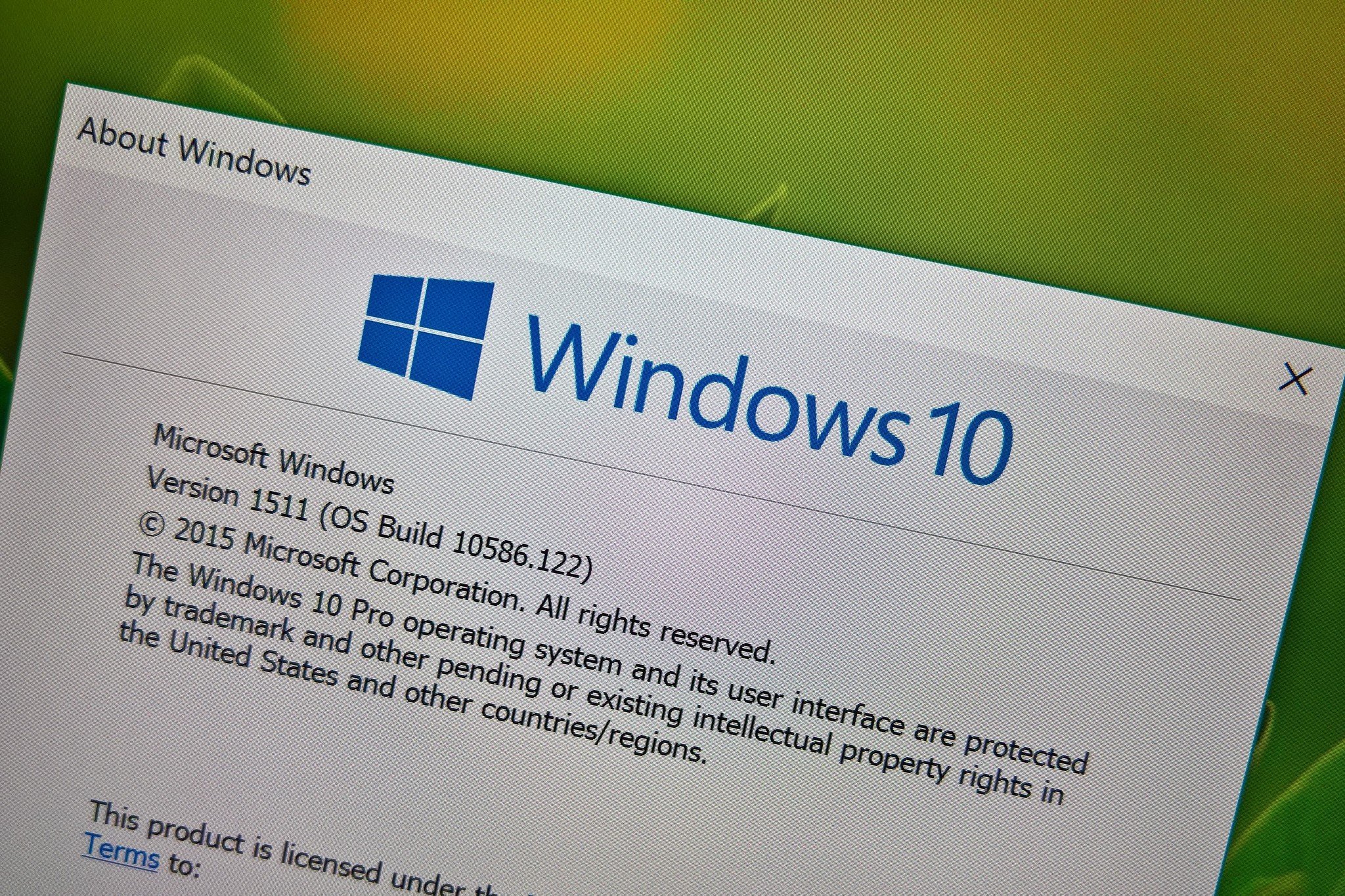Decade in review: Windows as a Service, and why it was a game changer in the 2010s
Windows as a Service is one of the most significant changes Microsoft made to Windows in a long time.

For my product of the decade, I want to highlight something that I don't think many people would consider to be that big of a deal. Still, it is: Windows as a Service is a considerable change in how Microsoft develops, tests, and releases Windows as a product to the world. Ten years ago, the idea that Microsoft would be able to update Windows with a full new version of the OS once or twice a year was fiction. Windows is too old and heavy to update like a lightweight mobile platform, but that's precisely what Microsoft has achieved in the last five years.
It's not something that many people think about, but Windows as a Service affects every person who uses a Windows 10 PC today. Gone are the days of falling behind the times with an old version of Windows, as Windows as a Service means you're eligible for the latest version of Windows, for free, for as long as your PC is compatible. It's also a substantial architectural change under the hood. Transforming a legacy OS into something that can be upgraded to a new version of the OS every six months is nothing to snuff at.
And that doesn't even include how it has changed things internally for those who build the OS. In the past, engineers working on a new version of Windows had an incredibly long time to do it. A new version of Windows typically had a three-year development cycle. Still, with Windows as a Service, new versions of Windows get around about a year of development time, sometimes even less if there are two significant updates in the same year.
It's a game-changer for Windows

This allows Microsoft to greenlight new features and have them shipped to customers within a year. If Windows as a Service didn't exist, Microsoft's response time for getting new features out the door that customers are asking for would be years. That's too long of a wait when the competition is releasing new features every single year. This doesn't even factor in the part where customers would have to buy the latest version of Windows and upgrade the OS themselves.
That's why Windows as a Service is so integral to Windows and is my pick for the product of the decade. Without Windows as a Service, Windows as a product would have fallen into irrelevancy very quickly. Being able to update Windows to a new version of the OS, automatically, without the user having to think about it, and without the OS messing up, is a huge deal.
Now, the move to Windows as a Service hasn't been an entirely smooth ride. Microsoft has definitely had issues with quality assurance with some of the new versions of Windows it has released under Windows as a Service. Still, Microsoft is learning and improving in this area. There was always going to be issues along the way, as turning a legacy OS into a platform that can be updated like a modern OS is a real challenge. But I'd say Windows as a Service is a good thing as a whole.
Let's hear from you
What are your thoughts on Windows as a Service? Has it made an impact on Microsoft and Windows? Let us know in the comments.
All the latest news, reviews, and guides for Windows and Xbox diehards.
Here's more on how Microsoft, Apple, and Google dominated the 2010s.
- Microsoft
- Apple

